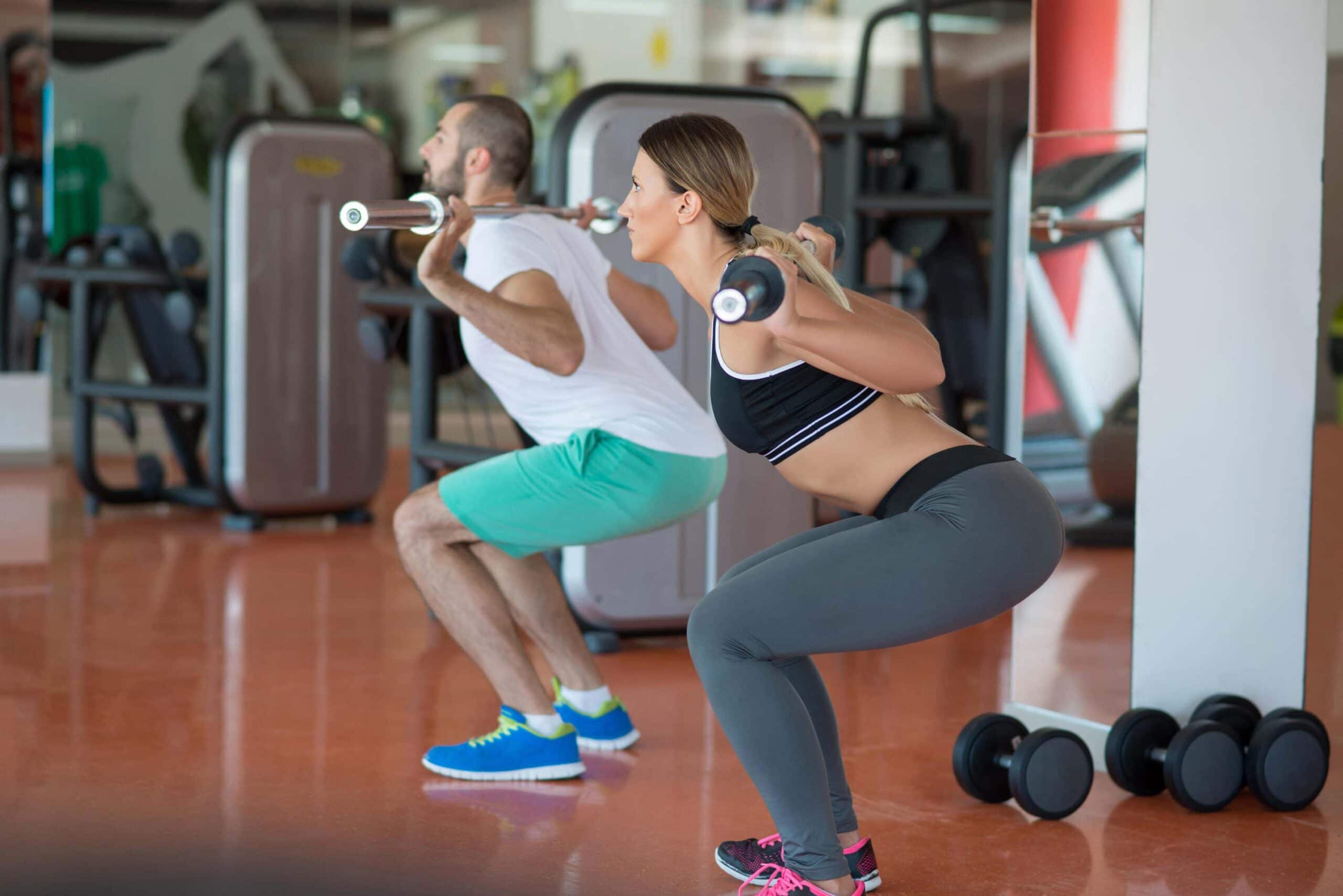While flat bums were the overriding trend of the Nineties and Noughties, curvy derrieres have exploded in popularity over the last decade or so.
The question is: can you grow your glutes naturally? “It is possible, for sure,” says Tash Lankester, PT at FLEX Chelsea.
So if one of your goals is to get stronger in the gym – while also achieving a more rounded bum – this is what you should be thinking about…

What’s the most important thing to consider when growing your glutes?
You might have heard the phrase ‘abs are made in the kitchen’ – and the same goes for building your booty. Lankester says being in a calorie surplus is the “number one” way to achieve your goals, adding: “You want to be eating more than you are expending, which obviously will lead to muscle gain and a little bit of fat gain.
“But if you do it correctly – so you don’t extortionately overeat if you just eat a couple of 100 calories over your maintenance – then you should see maximum muscle gain and minimum fat gain.”
What should you be doing in the gym?
After nailing your diet, it’s time to get to work in the gym – and your best chance at success is understanding the muscles in your bum.
“The glutes are made up of three different muscle groups: you’ve got your gluteus maximus, your gluteus medius, then your gluteus minimus,” Lankester explains.
“These are the three muscles, and you want them to all work together when you’re training your glutes.”
She recommends starting with activation exercises to target the two smaller muscle groups – the gluteus medius and minimus.
“Hip abductions, clamshells, curtsy lunges, lateral walks, crab walks – these kinds of exercises will activate those smaller muscles.”
After that, Lankester recommends tackling more compound movements “that will help work your gluteus maximus, your main muscles in the glutes – that’s through things like heavy squats, Romanian deadlifts, hip thrusts [and] back extensions”.
Next, it’s all about volume. “You want to be working within the rep range of about three to five sets, anything between six to 12 reps per exercise,” she says.
Will results vary from person to person?
You won’t transform your glutes in one gym session. How long it takes to see progress “varies from person to person”, says Lankester.
“Allow at least six months, especially for women – it’s harder for us to gain muscle, just because of our hormonal profile. It’s definitely a long-game thing.
I would say spending six months to a year in a building phase to grow your glutes is the best thing you can do.”
Genetics also play a part – and there’s not a lot you can do about that. When it comes to the shape of your bum, Lankester says: “Realistically, it’s about 50/50” – genetics compared to diet and exercise.
“Obviously genetics are going to help, but if you work hard, if you commit to training consistently and follow a program, you can grow your glutes – it just might need a little bit more work from you if you’re not genetically blessed.”
What mistakes do people tend to make when trying to build their bum?

When we started working out at home more, booty bands became the must-have exercise accessory.
“They have their place – they’re great for activation and warming up, so you know what the sensation feels like when you go into your bigger lifts,” explains Lankester.
However, she warns against just relying on them as “you need to get under the squat rack, you need to lift heavy weights consistently and keep upping your weights to grow your glutes”.
While squats are seen as the gold standard of weightlifting (and they definitely are a brilliant compound movement to build your muscles) Lankester doesn’t want you to fall into the trap of doing squats and not much else.
“We have to train our glutes through all the planes we move in,” she says. “A squat is a lengthened position, you’re stretching your glutes.
But it’s also important to train your glutes through movements that shorten them as well, that contract the muscle.” This could be something like weighted hip thrusts. “You want to attack[the muscles] from all areas to get the most progress.”
